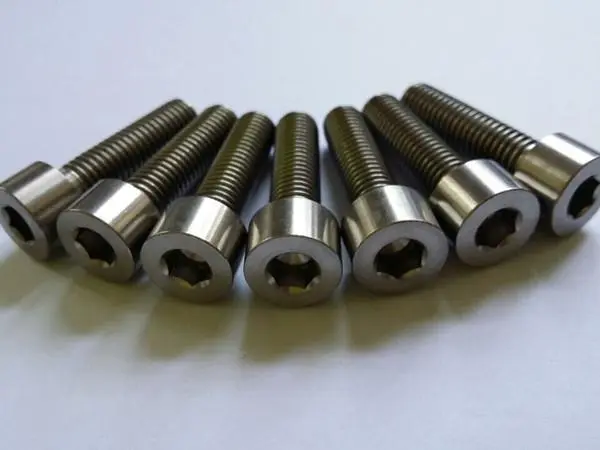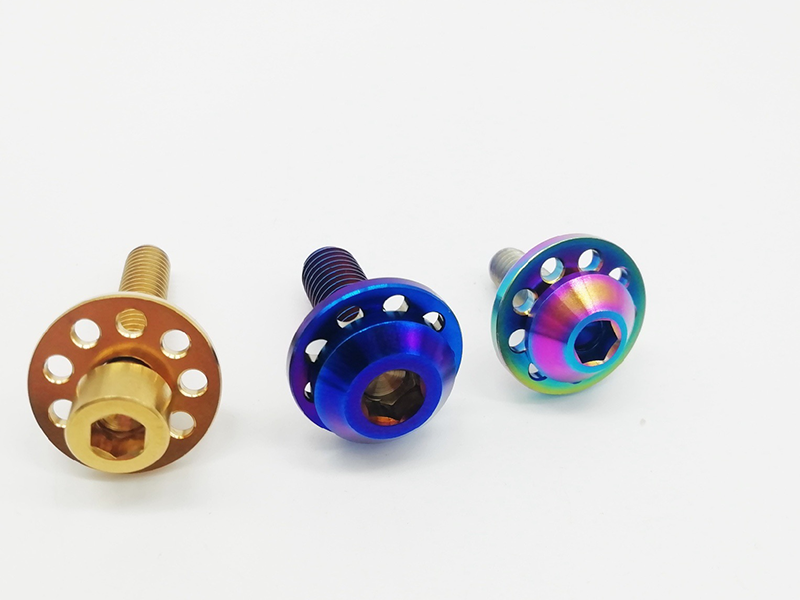PRODUCTS
18690011071
Titanium foil: It is a titanium plate, strip, roll or sheet with a thickness of less than or equal to 0.1mm. Another indicator for assessing the thickness of titanium foil is the weight per unit area, such as g/m or oz/fi. The larger the value, the greater the thickness. The width of titanium foil is cut according to the user's requirements. However, the larger the width during manufacturing, the higher the productivity. The length of the roll body determines the maximum width of the rolled foil, and the wider, thinner, and harder the rolled piece, the more difficult it is to roll. The maximum width of rolled titanium foil is about 600mm. Titanium and alloy foils are mainly used in industries such as electronics, aerospace, and instrumentation.
Size parameters: Thickness: ≤ 0.1mm Width: ≤ 600mm Length: customizable Single roll Weight: 0-100kg
Product features:
Titanium foil is mainly used in aerospace, navigation, nuclear power, electronics, chemical, petroleum, precision manufacturing, medical and pharmaceutical industries.
Titanium has six major characteristics:
1. High strength: Titanium has a better strength/density ratio than other metals and can be used to make components with high strength, good rigidity, and light weight. Titanium is used in aircraft engines, frames, skins, fasteners, and landing gears.
2. Corrosion prevention: Compared with stainless steel, titanium alloy has better corrosion resistance in humid air and seawater. Titanium has great resistance to point corrosion, acid corrosion, and stress corrosion. Titanium is resistant to corrosion by alkalis, chlorides, chlorinated organic compounds, sulfuric acid, and nitric acid.
3. High temperature resistance: The application temperature of titanium is higher than that of aluminum alloy. Titanium can work for a long time at 450-500 ℃. Titanium alloy STIL has high strength at operating temperatures of 150-500 ℃. The working temperature of titanium can reach 500 ℃.
4. Low temperature resistance: When working under low or ultra-low temperature conditions, titanium alloys still have their mechanical properties. Titanium alloy with low temperature resistance and extremely low gap still has good ductility, therefore, titanium alloy is a good low-temperature structural material.
5. Environmentally friendly metal: Titanium has a lower thermal conductivity than carbon steel or copper, but it has excellent corrosion resistance. Therefore, the thickness of titanium can be greatly reduced, and the heat exchange mode is dropwise condensation between titanium and steam. This mode reduces heat transfer resistance and prevents scaling on the surface of titanium, thereby improving its thermal conductivity.
6. Good thermal conductivity: Titanium is a non-magnetic metal that cannot be magnetized in large magnetic fields. Additionally, titanium is non-toxic and compatible with blood, making it widely used in the medical field.
Production method:
Rolling:
The manufacturing method of titanium foil is most widely used in flat roll strip rolling, which has high productivity, large scale, and output. Basic production is carried out using a six roll cold rolling mill or a 20 roll cold rolling mill.
Heat treatment:
There are two mainstream heat treatment methods for titanium strip and foil: vacuum annealing and continuous online protection annealing. Vacuum annealing is the process of placing rolled or sheet-like titanium foil in a vacuum furnace for heat treatment; Continuous online protection annealing of titanium strip and foil is a new technology introduced in recent years. Compared with vacuum annealing, it has higher production efficiency and higher product quality improvement. However, the equipment threshold is high, especially in terms of product quality and mechanical performance indicators of titanium strip and foil, which are well guaranteed.





